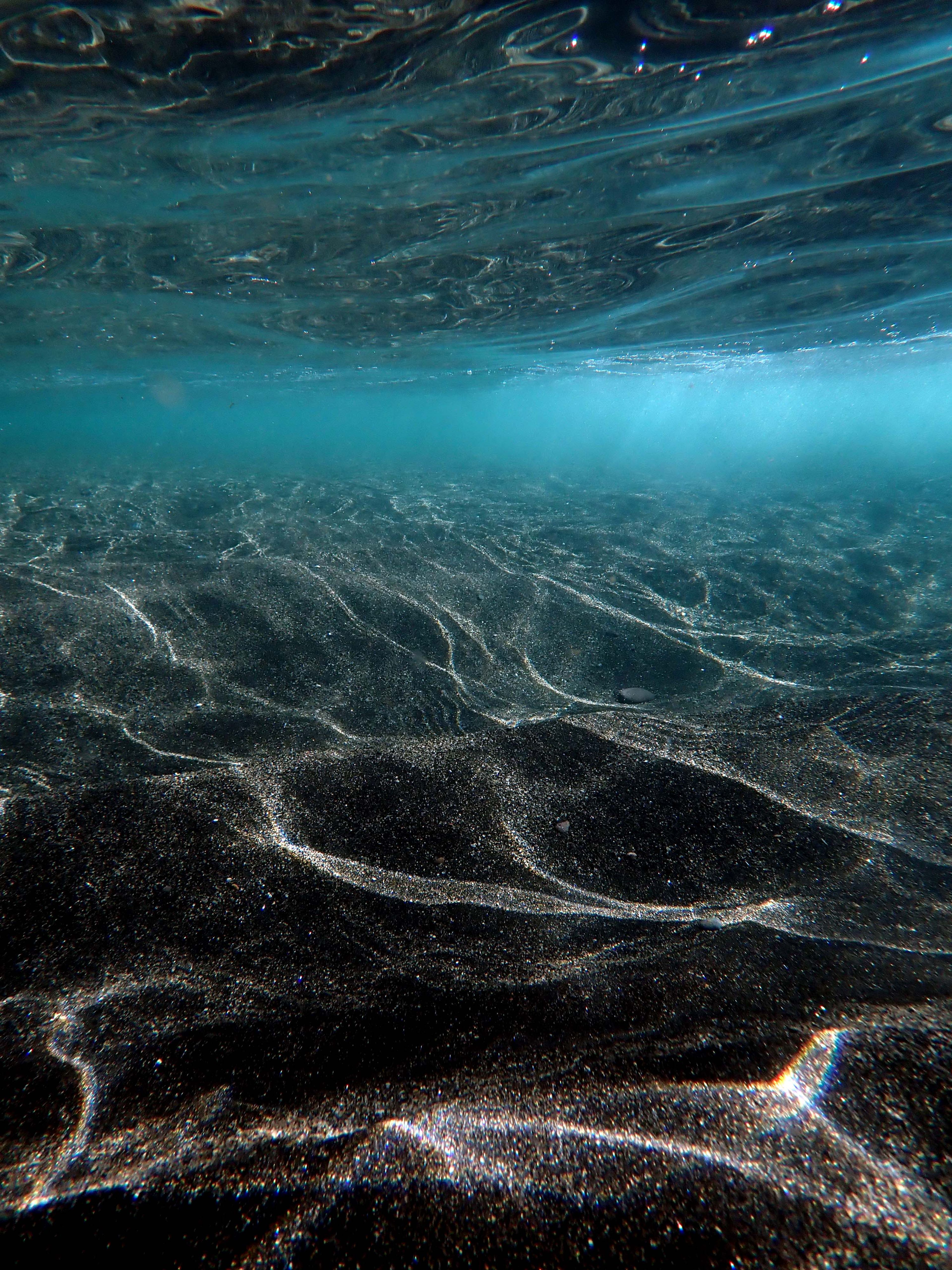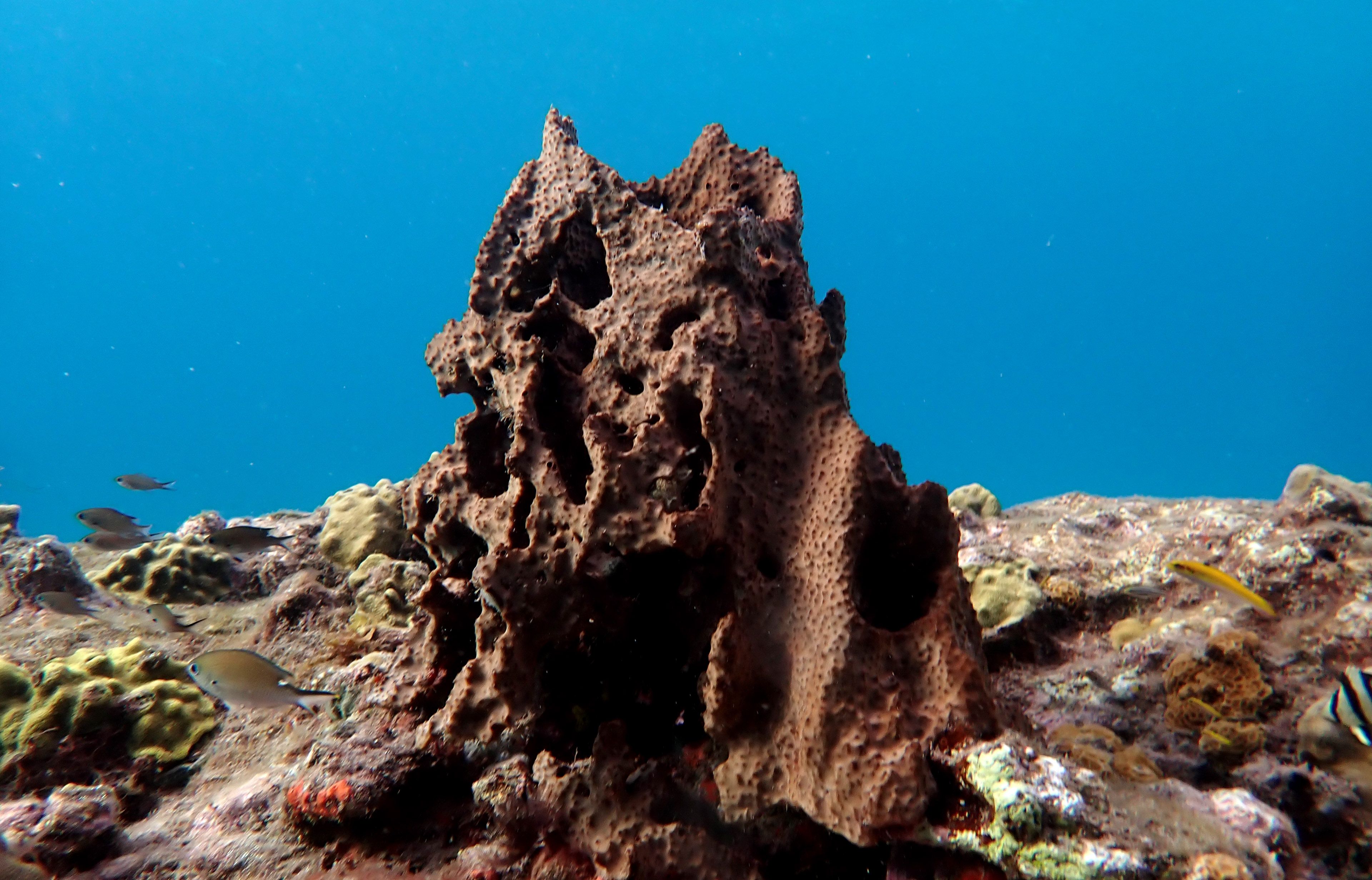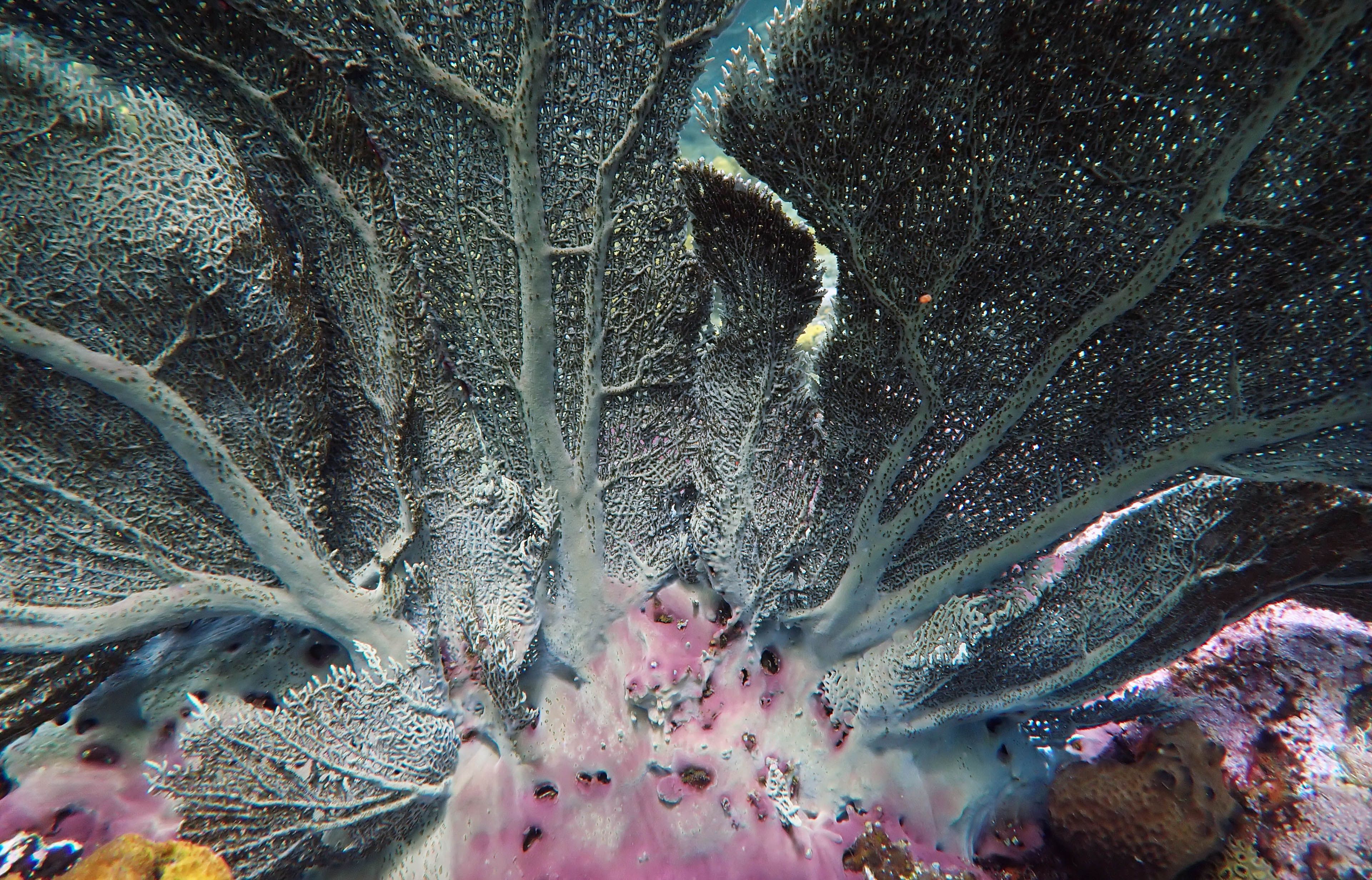
Ecological Memory: Archiving Offshore
Words & Images by Nadia Huggins
It can be difficult to visualise what native, Caribbean landscapes may have looked like in precolonial times, particularly in terms of botanicals. Europe’s colonisation of the Caribbean did not only involve the forced transportation of people, but of soil, flora, and fauna as well. Historically, the spaces least impacted by humanity have been the more inaccessible forested areas and the sea. Through my practice, I have observed that these offshore ecosystems can be considered some of the few remaining native environments in the Caribbean. At least until the most recent century—in the wake of oil extraction, land reclamation, coastal developments, and the overall looming impacts of climate change—coral reefs and sand were able to preserve ancient ecological information about our origins. My work is an attempt to archive these still-living, at-risk, and disappearing ecosystems, which contain valuable knowledge for our long-term survival. These images are an attempt to document a range of coral reefs and sandscapes along the volcanic island of Saint Vincent, from the Southern end, which has a mixture of both white and black sand, to the North-Western end, which has predominantly black sand. Because the average person does not seem to be actively aware of what exists below the surface of the ocean, these images attempt to explore the idea that there is a relationship between the submarine and the terrestrial, and that we live in tandem with nature, whether it is visible to us or not.
Because the average person does not seem to be actively aware of what exists below the surface of the ocean, these images attempt to explore the idea that there is a relationship between the submarine and the terrestrial, and that we live in tandem with nature, whether it is visible to us or not.


I photograph under various weather conditions; I'm interested in observing the unpredictable nature of the ocean, and how it influences the movement of sand underwater and near the shore, as well as the patterns that emerge in it. I’ve noticed that on particular days, the shifting of the tides and currents influences how patterns show up. These observations have been helpful in giving me a deeper understanding of how sand can be redistributed along the coastline. My documentation of black sand is also an attempt to decolonise the popular image of what an idyllic Caribbean beach looks like. I believe that the Caribbean’s dependence on tourism—particularly from the European and North American markets—has led to the production of images that center white-sand beaches, presenting them as idyllic and desirable. This imagery has further led to the development of a tourism product/model that does not work in harmony with environmental conservation. I think that, in many ways, sand represents a medium used by governments to facilitate corruption, as well as to create a false promise of a better future, which is especially improbable considering the imminent impacts of climate change. The public will rarely question the movement of sand, mainly because it is something that is seemingly plentiful, and able to be taken from one place and moved to another without questioning the overall impact that might have on the place it is taken from or to. It is critical for us who live in vulnerable places like the Caribbean to understand how sand moves, and what accelerates it.





In the series “Hull,” I’ve been documenting the replication of the shape of a boat hull, which I both find naturally occurring in the underwater environment and reproduce using parts of my body. The idea is that the ocean contains a memory. I am interested in the notion that information, once it moves through the water, is not lost. Instead, it transforms and is contained within the medium of the water in various forms. From a historical perspective, boats, particularly in the Caribbean, evoke the Middle Passage. However, in the specific replication of the shape in the photograph, I am referencing the perspective of a fishing boat from below the surface of the water, looking up. I am interested in the shape's sculptural form and functionality, which creates movement, buoyancy, and protection. I think replicating design elements from nature can be useful in creating more effective structures that remain in harmony with our ecosystems. In this particular image (White Sand, from the 2021 series “Hull”), I am interested in the way the coral reef has organically created this particular shape in relationship with the sand. Through my observations, I’ve noticed the way waves move through the physical form of a coral reef, and how these pockets of sand create contrast with the reef structure to slow down wave action.
Though my work in some ways intentionally rejects the traditional methods of scientific documentation, I still take a very pragmatic approach to documenting, while simultaneously allowing my intuition to respond to the environment around me.
I’ve also been documenting various types of sea sponges, understanding that they play a vital ecological role in the oceans, especially amongst coral reefs. They help improve water clarity and support reef regeneration. I am particularly interested in the shapes that they evolve into to create these complex habitats for other organisms. When I think of ecological design, sea sponges fascinate me as stand-alone structures that emerge out of the coral reef ecosystem. The water clarity has been a growing concern as I swim recently; there is a noticeable proliferation of algae growth, in part due to the Caribbean-wide die-off of the Diadema sea urchin in 2022, which is critical in maintaining algae build-up on reefs. These imbalances have domino effects that have greater implications for the ocean’s health. In addition, I’ve been observing the growth of Elkhorn coral, particularly in relation to wave action. Elkhorn coral is considered one of the most important types of coral in the Caribbean. It is also an endangered species. Whenever I notice its proliferation in specific areas, I’m always curious about its growth. It tends to grow in very rough parts of the sea, along the beach. The particular type of coral, through its natural formation and design, is critical to the slowing down of wave action along coastlines, especially during hurricane season.


Though my work in some ways intentionally rejects the traditional methods of scientific documentation, I still take a very pragmatic approach to documenting, while simultaneously allowing my intuition to respond to the environment around me. It’s my hope to find an intersection where both art and science can coexist to offer the viewer other ways of seeing. I've learned through my practice that people have varied and complicated relationships with the ocean; I hope these images can offer a less intimidating entry point for those who share a curiosity to understand the complexity and sublime nature of our shared humanity through this lens.
Nadia Huggins is a visual artist from the Caribbean who works primarily with photography.